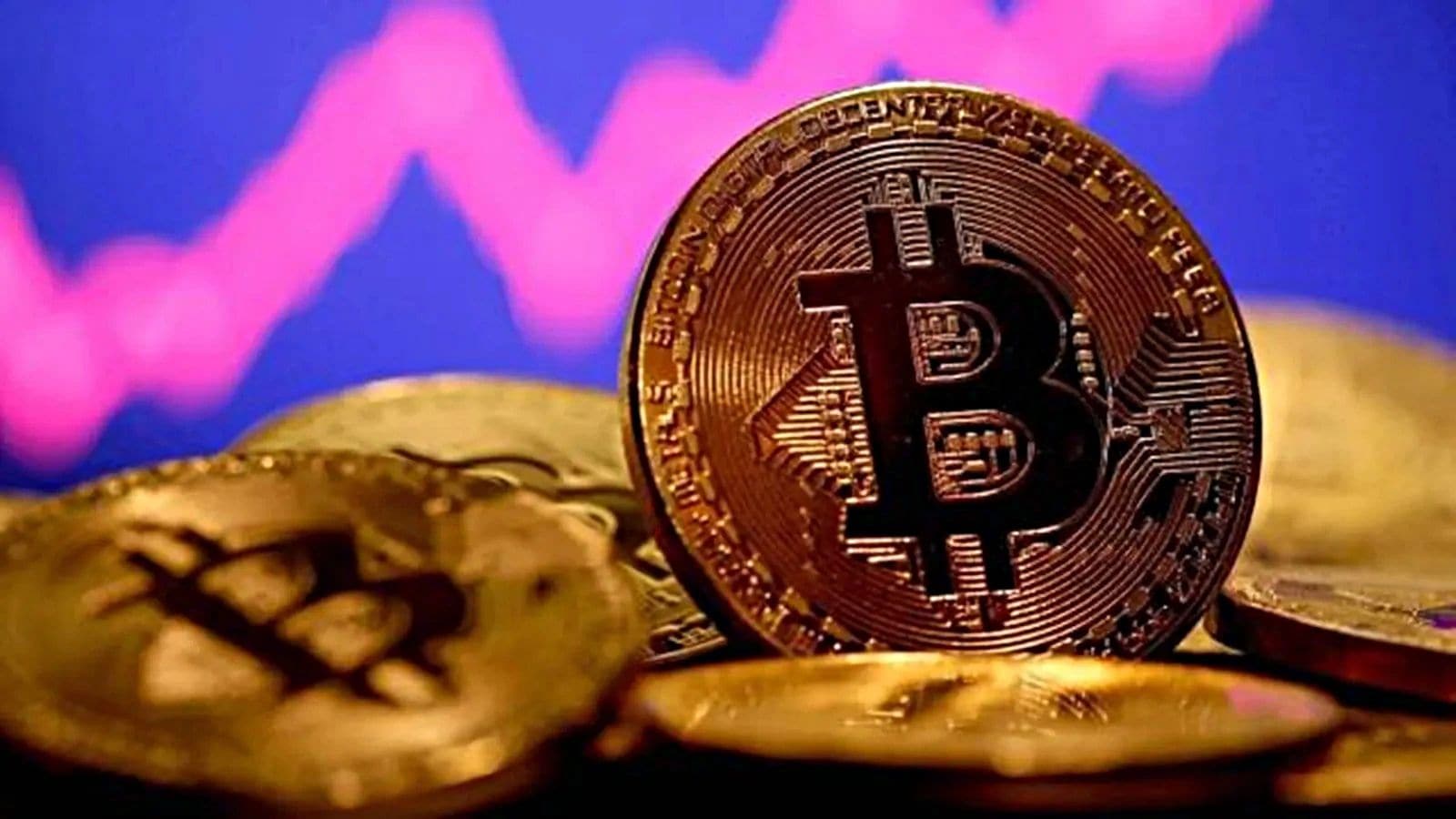Now Reading: Headline: Understanding India’s Crypto Regulations: What It Means for Investors Beyond Metro Cities
-
01
Headline: Understanding India’s Crypto Regulations: What It Means for Investors Beyond Metro Cities
Headline: Understanding India’s Crypto Regulations: What It Means for Investors Beyond Metro Cities

India’s crypto journey has been full of twists — from early enthusiasm to sudden crackdowns and cautious optimism in recent years. In 2025, the country is still shaping its stance on digital assets, trying to balance innovation with investor protection. For people living outside major metros like Delhi or Mumbai, understanding this changing regulatory scene is vital before putting money into crypto.
The government’s approach has gradually shifted from banning to monitoring. Instead of outlawing crypto, the focus has moved toward taxation, compliance, and investor safety. The introduction of a 30% tax on profits and 1% TDS on transactions made traders more aware of legal obligations. While these steps added structure, they also pushed many small investors in Tier 2 cities to reconsider how they trade and where they store their assets.
Despite the tax burden, the market hasn’t stopped growing. More people are seeing crypto as a legitimate form of investment — though not without caution. Exchanges now follow strict KYC norms and report user activity to maintain transparency. This move has helped reduce fraud and create a sense of security among cautious newcomers from cities like Nagpur, Indore, or Coimbatore who prefer regulated environments over risky informal platforms.
However, challenges remain. India still lacks a clear law defining cryptocurrencies — whether they are assets, commodities, or currencies. This legal ambiguity keeps investors uncertain about long-term rules. It also leaves smaller exchanges struggling to operate under unclear conditions. Many users in non-metro areas rely on social media for updates, which can lead to misinformation or confusion about what’s allowed and what’s not.
The Reserve Bank of India has maintained a conservative view, emphasizing caution while experimenting with its own digital currency, the e-rupee. This indicates that while crypto trading isn’t banned, the government’s priority is stability and control. For investors outside metros, it means focusing on education, verified exchanges, and proper tax compliance instead of chasing hype or shortcuts.
In the bigger picture, India’s crypto regulation is evolving rather than ending. The framework being built today will decide how safe and sustainable the ecosystem becomes. For Tier 2 investors, this transition is a reminder that understanding the rules is as important as understanding the market. Being informed, compliant, and alert will matter far more than simply being early.

























